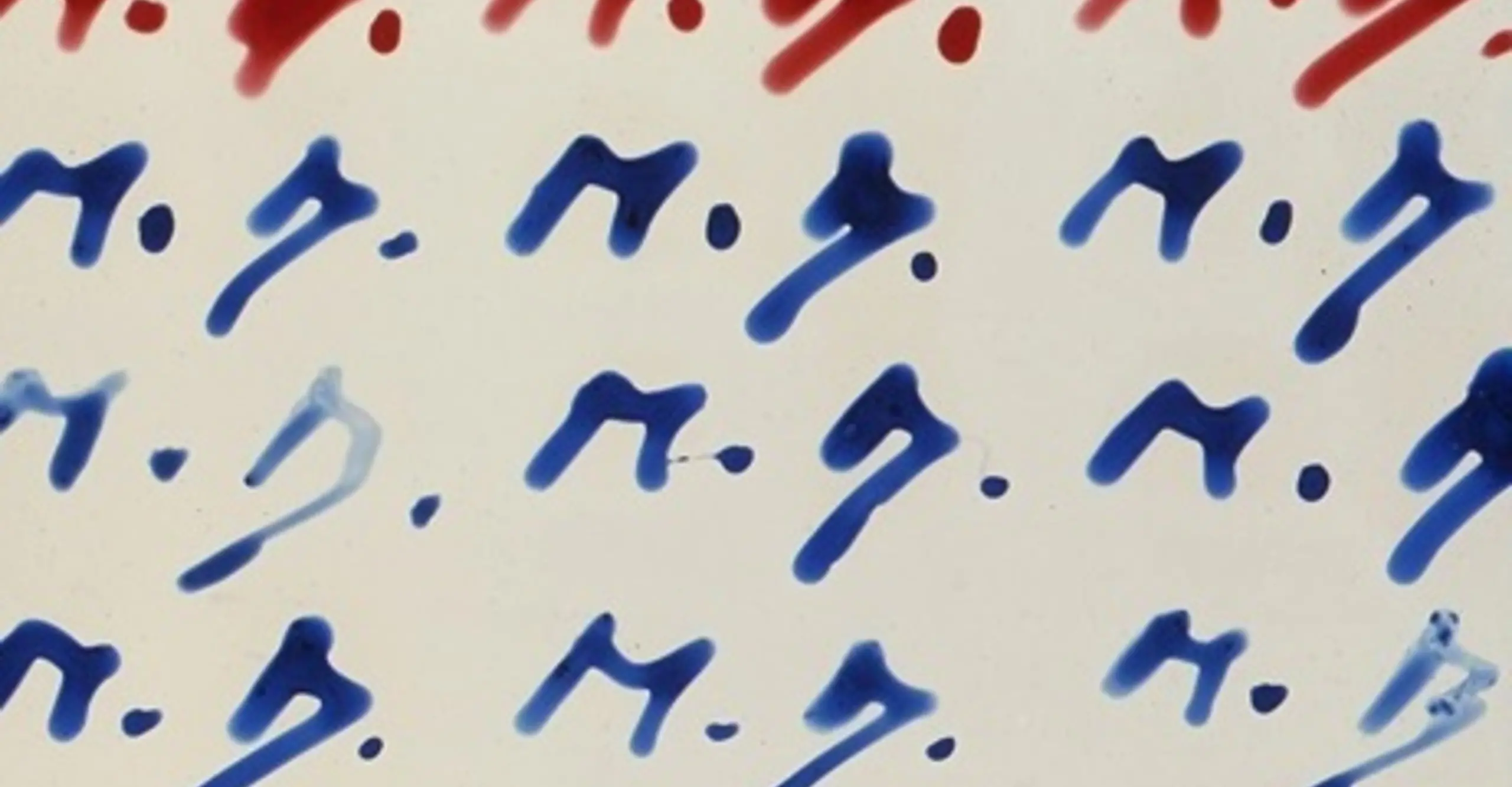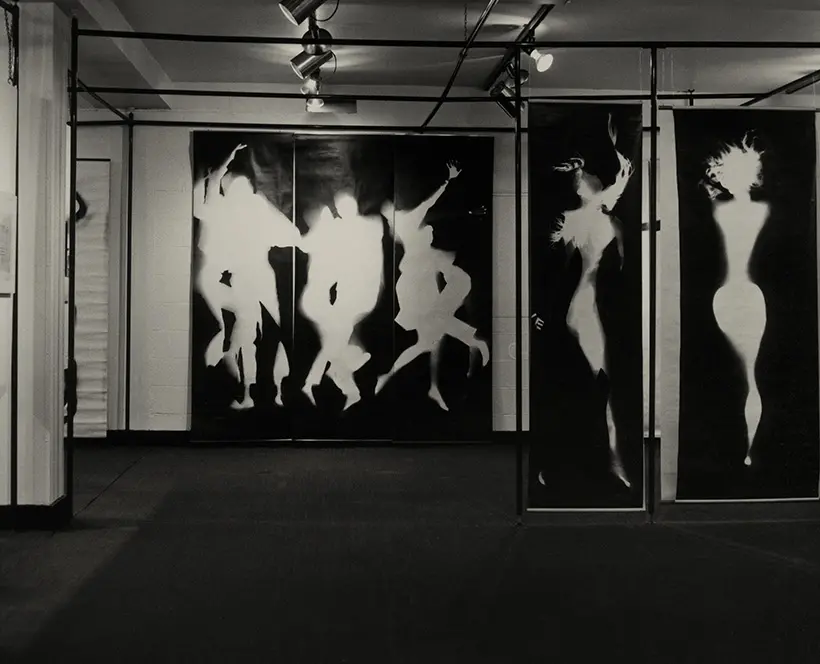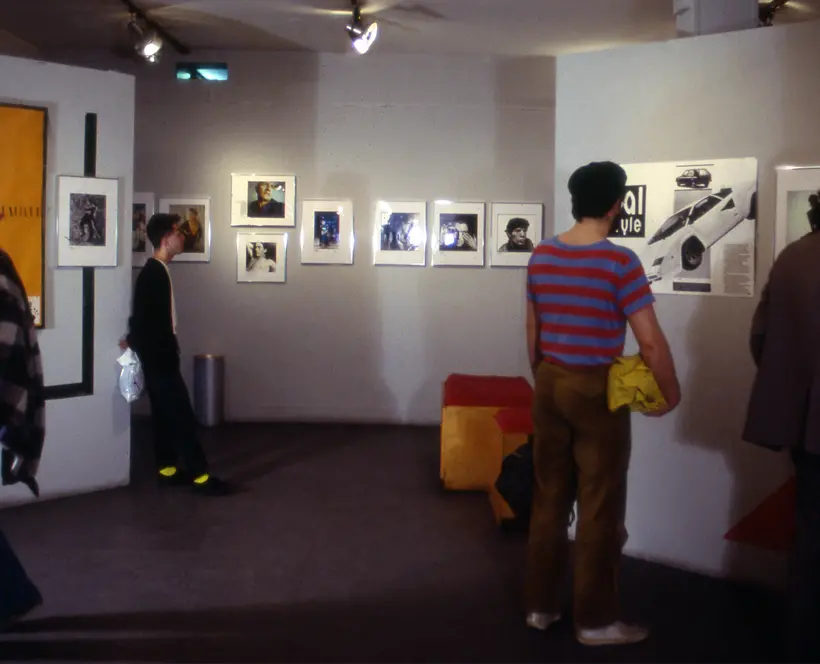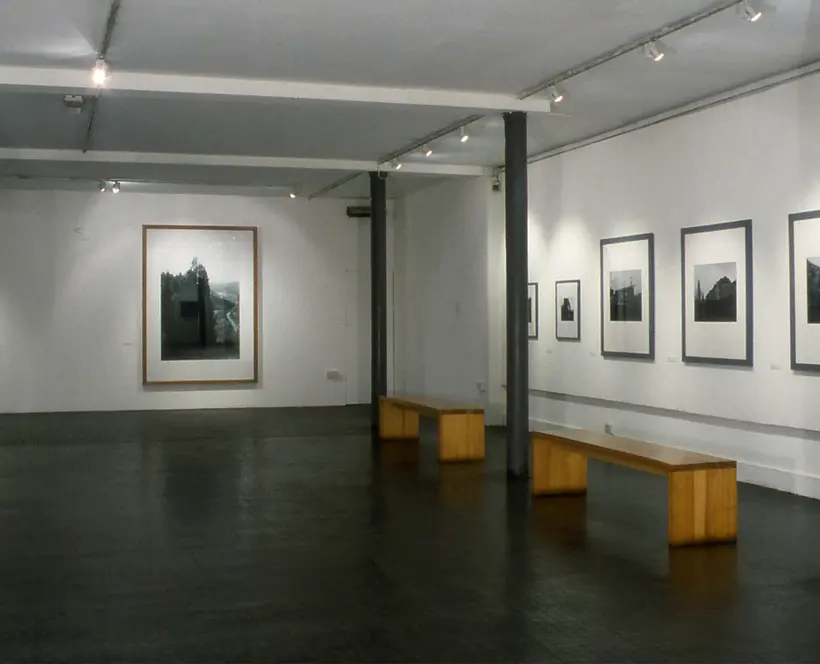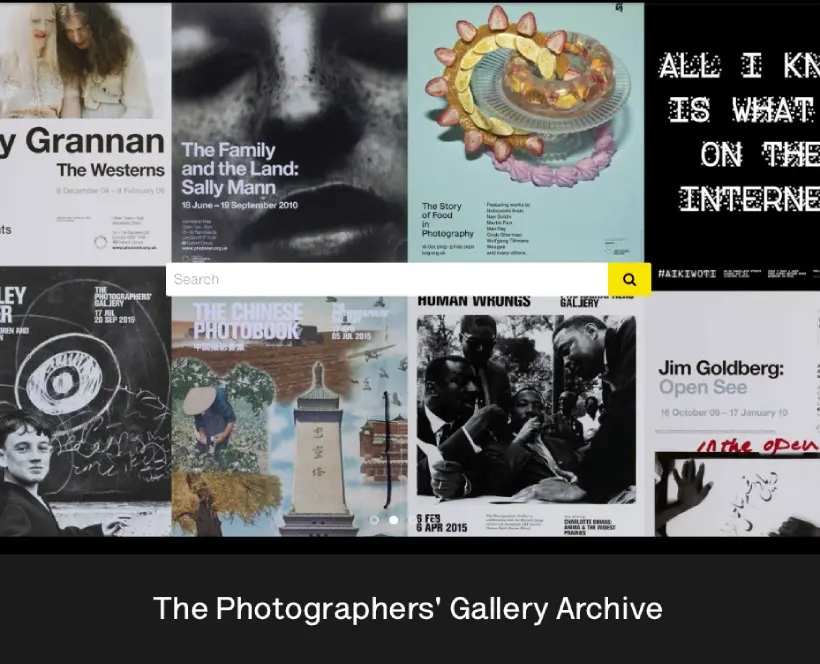15 April – 03 July 2016
Double Take: Drawing and Photography is a joint exhibition with Drawing Room which explores the ways photography and drawing have been combined, mirrored and contrasted in modern and contemporary practice.
The exhibition at The Photographers’ Gallery features 10 artists from the twentieth century to the present day, from Lazlo Moholy-Nagy to young artist Paul Chiappe, while drawing room's emphasis is on contemporary practicing artists, including Turner Prize nominee Tacita Dean.
Each show explores how drawing and photography offer direct ways of engaging with the world, how each has played a significant role in revolutionising modern and contemporary art and the synergy between the two, allowing each to flourish and develop.
The Photographers’ Gallery Exhibiting Artists:
László Moholy-Nagy (1895 - 1946, Hungary) believed that technology, and photography in particular, should replace traditional techniques, such as drawing and perspective, in order for us to see the world differently. For him, the photogram, a camera-less image produced by placing objects and applying light exposures directly to photosensitive paper, constituted photography at its purest form. Describing it as ‘Creation with Light’, Moholy-Nagy’s works feature dynamic, almost musical, compositions of line, shadow and form.
Curtis Moffat (b.1887, USA) was a photographer, painter and designer who, like Moholy-Nagy, collaborated with Man Ray on his avant-garde experiments in Paris in the 1920s. Curtis’ complex photograms place common objects such as gloves, wires, baskets to construct images that are at once concrete and abstract, everyday and surreal.
Běla Kolářová (1923 – 2010, Czech Republic) began experimenting with photography in the 1950s using everyday domestic objects such as hair, pencils and paper clips in works that were associated more with the New Realism movement than geometric abstraction. Her techniques included placing photosensitive paper on a gramophone turntable to create circular light drawings.
Anna Barriball (b.1972, UK) works between drawing and sculpture but her concerns strongly relate to those of photography. Pushing the paper to its limits, she, simply but repetitively and arduously, rubs graphite onto paper positioned on architectural details such as doors, walls and windows. The result is of burnished indexical imprints and sculptural forms.
In Jolana Havelkova’s (b.1966, Czech Republic) series First Time Skating (2008 - 2009) the artist sets out to record transient human traces. The work focuses on gestural marks etched into the surface of ice from the movement of skating shoes. Presented in a grid, the images create an ambiguous movement between negative and positive space, and between the subject matter and photographic plane.
Lisa Junghanß (b.1971, Germany) works with performance, film and photography. Her black and white photographic series Hautskizze (Skin Sketch) are large-scale details of lines and imprints left on the body by clothing. Bringing the skin and photographic surfaces into tandem, the abstracted images appear as aerial landscapes.
Nancy Hellebrand (b.1944, USA) also assimilates the surface of her subject matter with the photographic surface through enlarged details of handwritten notes. In Writing (1989/2016) she transforms written language into free floating signs that exist between meaningful words and phrases and the action of drawing, treading lightly between fixed frameworks and expressionistic interpretation.
Pierre Bismuth’s (b. 1963, France) 16mm work Following the right hand of Sigmund Freud (2009) overlays silent archival footage of the founder of psychoanalysis deep in conversation with an ever accumulating line tracing the movement of Freud’s hand movements. By highlighting these subconscious body gestures, Bismuth wishes to examine the interplay between surface and depth in the act of representation.
Marcel Broodthaers (1924 - 1976, Belgium) playfully examines the co-dependency of language and art, in his work h,b,l,f,k (1974) the words ‘Le Cinema’, ‘La Photographie’, ‘Le Dessin’ and ‘Le Peinture’ are interspersed with coloured squares, while No Photographs Allowed(1974) features a triptych of three photographs stating the title words in three languages. His work Signatures (1971) transforms the signature, the traditional carrier of artistic value and authenticity, into an endlessly repeated slideshow.
Richard Forster (b.1970, UK) creates intricate photorealist drawings on paper. In Three verticals at approx 30 second intervals - 21 Jan 2009, 11.42 - 11.43am - Saltburn-by-the-Sea (2010) he copies his own monochrome abstracted photographs of tidal lines on the beach into a handmade facsimile. These meticulously produced drawings bear little indication of the artist’s hand, but through their process serve to subvert the reproducibility of the printed image.
Paul Chiappe (b.1984, UK) often uses found photographs, either online or in analogue form, as inspiration for his hyperrealist drawings. In Untitled 2012 he uses an anonymous school class photograph as his starting point, at first producing an uncanny 1:1 scale rendering of it before going on to build a series of images in which imaginary characters are added and subtracted.
Jiří Thýn (b.1977, Czech Republic) creates photograms in his Drawing by Light (2010/16) series, where simple graduations of light exposure result in modernist monochrome images, while his sculptural installation of the same title involves a wire and white ball emerging from a blank wall lit by theatrical RGB lights, playfully engaging our perception between two and three dimensions.
